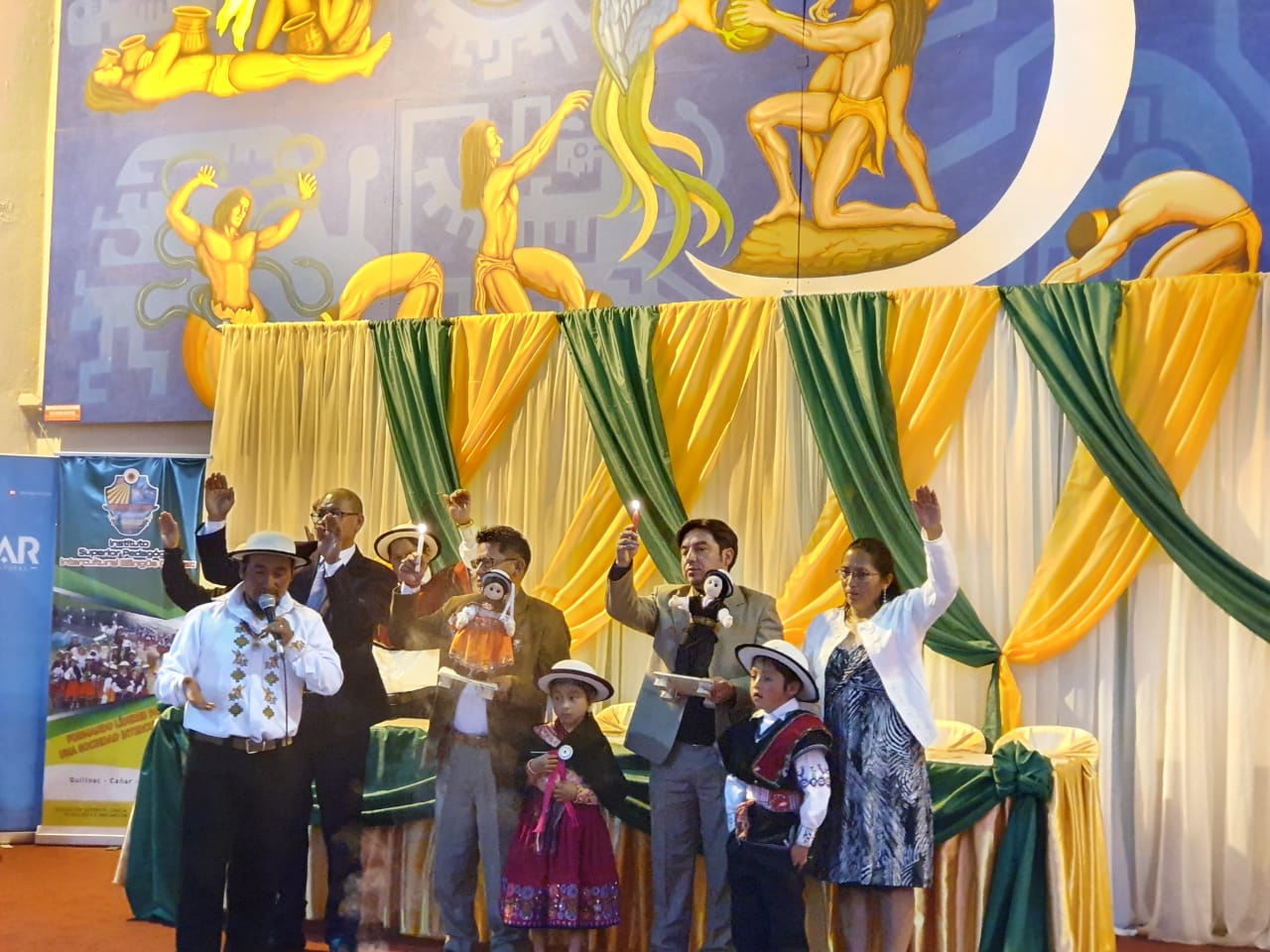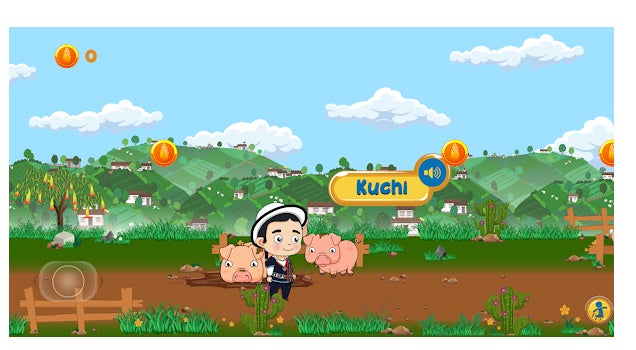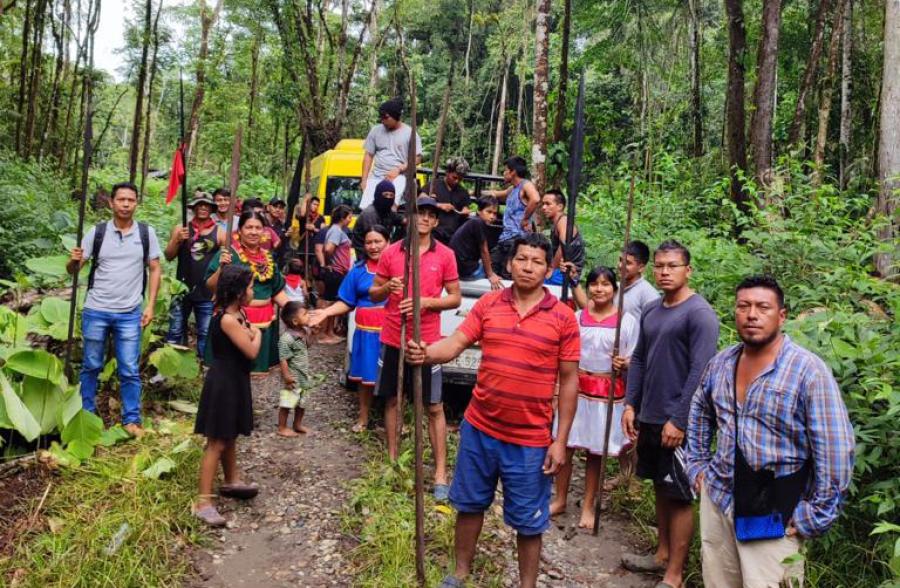
En español.
On November 27, 2019, Cultural Survival’s grant partner Instituto Superior Pedagógico “Quilloac” Bilingüe Intercultural in Ecuador, launched Chunkay, their Kichwa Kañari language learning app for children. Their goal is to address the reality that only one in three Indigenous children speak their parents' language at the end of schooling, because the school systems in the region have not been sensitive to their cultural and linguistic needs. The app is a complement to the Institute’s long-time work to revitalize the Kichwa language by organizing Kichwa classes and training Kichwa Kañari language teachers. “Only quality education can reverse the accelerated loss of Indigenous languages to achieve more inclusive and resilient development,” members of the Institute explained.

Cultural Survival’s Keepers of the Earth Fund supported the Institute’s project to strengthen their ancestral language Kichwa Kañari through the use of interactive materials, including mobile apps. The Instituto is the only organization in the Cañar province where the Kichwa language is taught. Their Technology in Comprehensive Child Development program directly focuses on training teachers to teach children under 5. In addition, the Instituto organizes Kichwa workshops for the general public
Chunkay is the brainchild of Juan Solano (Kichwa Kañari), research unit coordinator at the Institute. “Chunkay” refers to a change of dimension, precisely because of that transfer from the physical to the digital world. The game’s characters are Duma and Itza, in honor of the great Cacique Duma, defender of the Kañari Peoples; and Itzá, the name of a Mayan Nation of Mesoamerica, with which it seeks to present a vision of interculturality. The game is based on Kañari mythology and is a learning journey through the Quilloac community and landscape, where the characters must recognize family and friends in order to reach the top of the Narrío Hill, where, according to the book of mythology Hatun Cañar by Bolívar Zaruma, there is an ancestral sanctuary. Here the adventure begins: the character meets the Urku Yaya or grandfather spirit, who tells the user how to get to the sacred temple.

Daniel Fajardo, rector of the Quilloac Institute, emphasized that the launch of the application takes place within the framework of the UN International Year of Indigenous Languages, which aims to draw attention to language loss and the need to strengthen and revitalize them. Although Indigenous Peoples make up more than 5 percent of the world's population, they speak more than 4,000 languages. Of those languages, 420 belong to Latin America and 26 percent are in danger of going silent. Language loss also carries with it the loss of extensive environmental, technological, social, economic and cultural knowledge.
Fajardo describes the use of technology for the development of languages and cultures as "essential". Although the app emphasizes language learning among children ages 5 to 7 years, Chunkay is aimed at anyone who wants to learn Kichwa.

According to 2010 census data, over a million people in Ecuador identify themselves as Indigenous, of which 730,104 are of the Kichwa.
“We thank Cultural Survival for helping to activate the recovery of ancestral wisdom in our community. By stimulating interest in the Kichwa language, we hope to implement a rebirth of our ancestral Kichwa Kañari language and traditions,” stated Solano.
The app is available for download on Android devices through Google Play.
In the past three years, the Keepers of the Earth Fund has funded 74 projects in 19 countries, totaling $342,793.


